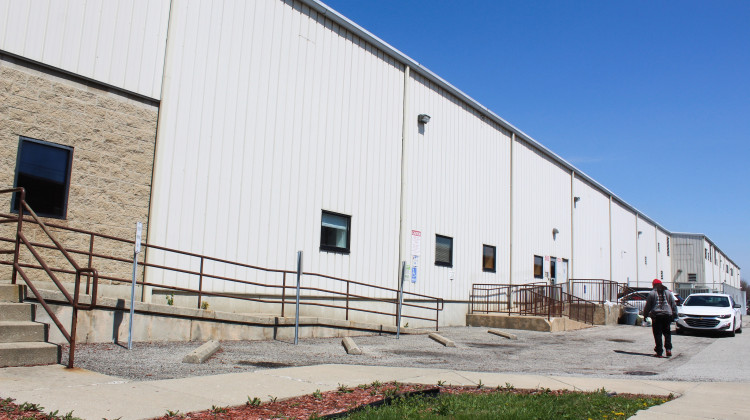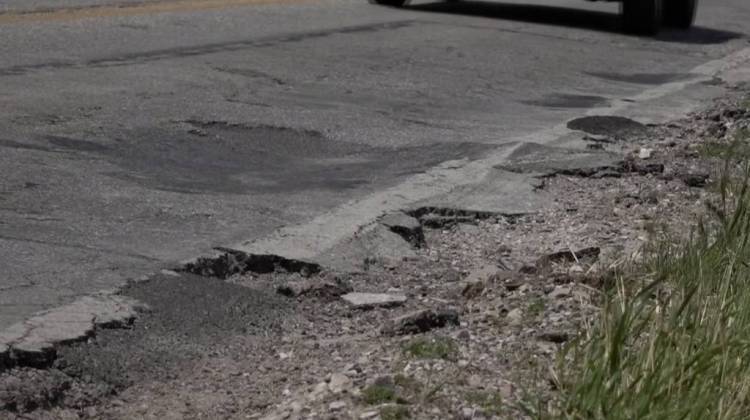
The Duvall Residential Center is a work-release facility in Indianapolis, where Indiana University researchers designed and measured the impact of a program that connected clients to resources to improve their reentry experiences.
Farrah Anderson / WFYIReentering society after incarceration is never easy. A new study at an Indianapolis work-release facility set out to see whether offering more support could make the process less difficult.
The findings of the randomized control trial help answer a key question: What happens when reentry comes with more resources?
And the people living at the Duvall Residential Center in Indianapolis, — a work-release facility for individuals transitioning out of prison — were in the position to answer that question.
The study was published online by the Public Policy Institute at Indiana University and is not yet peer-reviewed.
Between April 2021 and December 2023, researchers from IU’s Public Policy Institute partnered with the facility to study the outcomes of people at moderate to high risk of reoffending. The study was funded by the U.S. Department of Justice Bureau of Justice Assistance’s Second Chance Act Innovative Reentry Initiative (IRI) grant.
The study included 244 participants — 118 in the intervention group who received the supportive resources and 126 in the control group.
Participants were offered a range of services, including literacy classes, high school equivalency courses, employment training, and job certification programs.
Brendan Bow, one of the researchers at Indiana University’s Public Policy Institute, found that the more programming participants engaged with, the more likely they were to land a job within six months — and the less likely they were to receive a technical violation after one year.
“It's almost like dosage,” Bow said. “It's if you experience more of the program, if you're very highly engaged in the program, you were likely to get some of the better outcomes.”
The study did not find a direct impact on recidivism rates, but researchers acknowledged several limitations. These included reduced participation during the COVID-19 pandemic, incomplete referral data for some services, and court restrictions that limited who could enter the facility.
While the study measured the impact of reentry services in a structured setting, the real-world system is far less structured. Reentry support is often a patchwork of nonprofit organizations and grant-funded programs, according to Community Action of Greater Indianapolis staff members. Pamphlets listing available resources can quickly become outdated as funding runs out or services disappear.
“Everything was out of date,” said Kevin Kirby, who served time in the Indiana Department of Corrections. “There were places on there that would hire anybody coming out of prison that were no longer in business. They had all types of pantries, food pantries, and clothing pantries, 99% of which were not in operation anymore.”
In addition to job training and education, the program also included emotional wellness and mental health support. Bow noticed a similar pattern: Participants who engaged more often in mental health meetups were more likely to find stable employment and avoid violations.
But for many returning citizens, meeting basic needs like food, housing, and income must come first. Destiny Lejohn, CAGI’s Director of Community Engagement and Learning Development, said those needs often stand in the way of long-term progress.
“If we don’t assist with their barriers — housing, food, shelter, health care, employment — then it’s going to be hard for them to get out here and create change,” LeJohn said.
Farrah Anderson is an investigative health reporter with WFYI and Side Effects Public Media. You can follow her on X at @farrahsoa or email her at fanderson@wfyi.org.
 DONATE
DONATE






 Support WFYI. We can't do it without you.
Support WFYI. We can't do it without you.